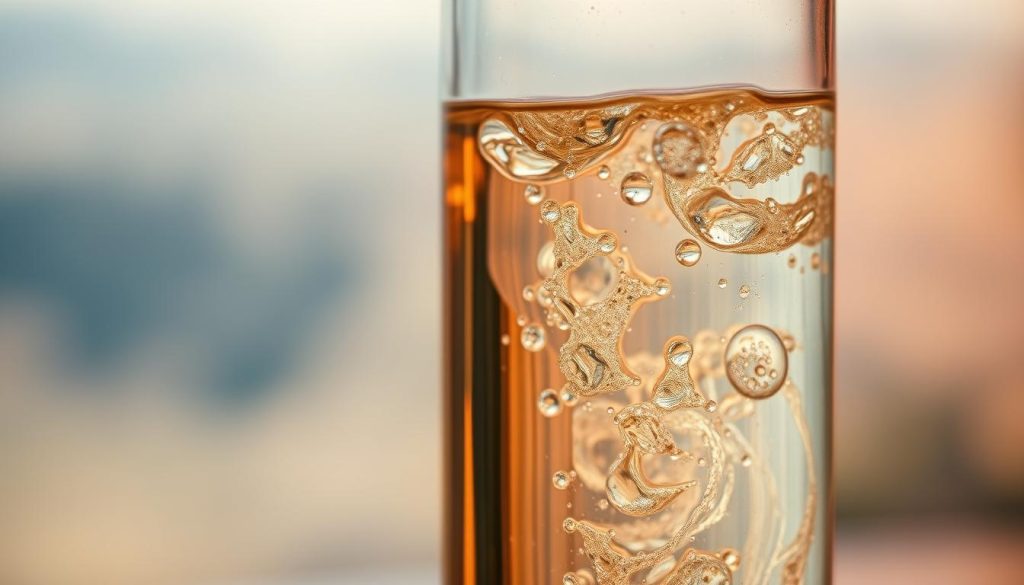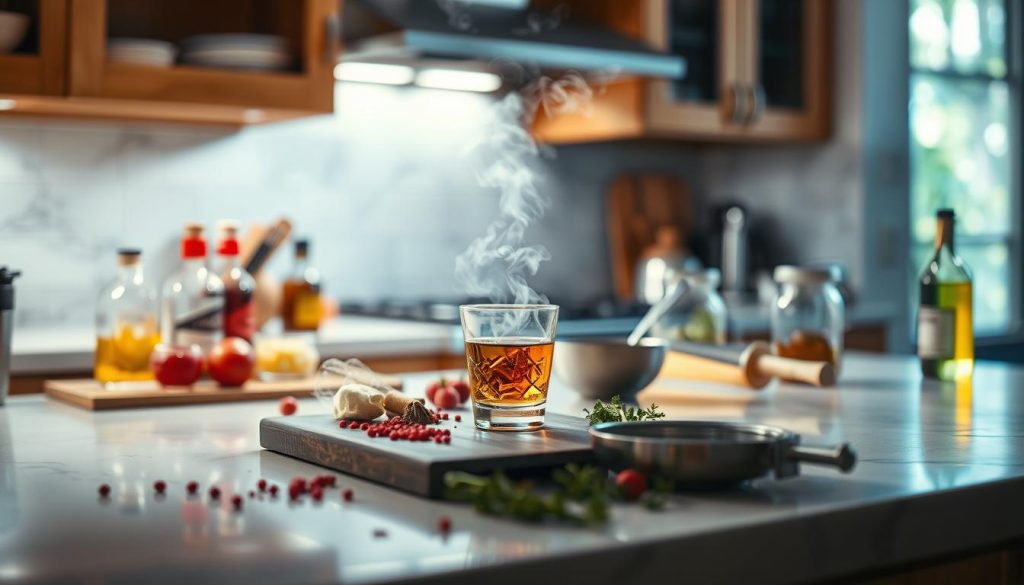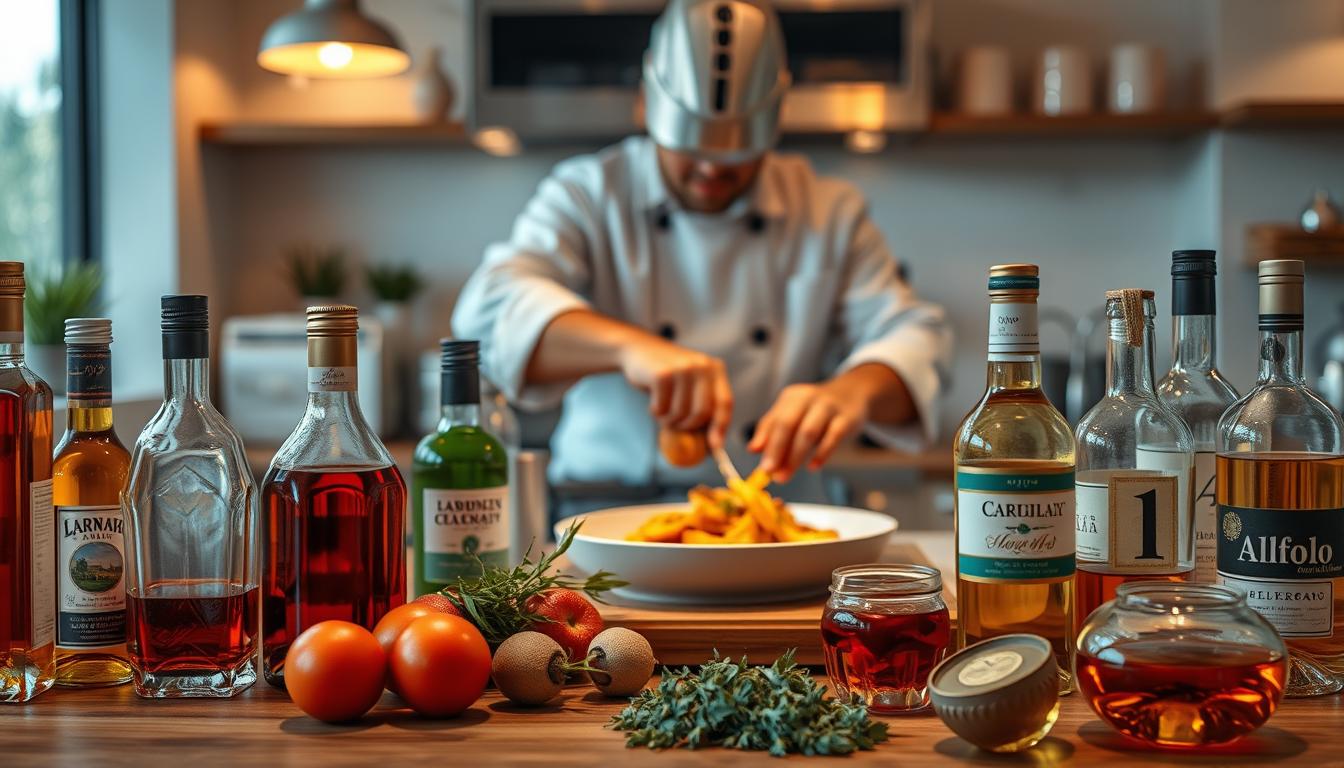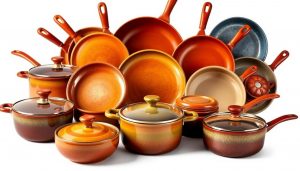Nearly 60% of home cooks believe alcohol vanishes completely when heated. Science tells a different story: simmering wine for 15 minutes leaves 40% of its ethanol content, while flambéed dishes retain 75% after ignition. These numbers matter more than you might think.
Heat alters alcohol but doesn’t eliminate it. Retention rates depend on your stove’s temperature, cooking duration, and pan surface area. A quick stir-fry with sherry behaves differently than a three-hour bourbon-infused stew.
This reality impacts various groups more intensely. Expectant parents, individuals in recovery programs, and those avoiding spirits for religious reasons deserve accurate information about their meals. Even trace amounts could affect medication interactions or personal commitments.
Modern culinary culture demands transparency. Restaurants now face growing requests for alcohol content details in menu items like coq au vin or tiramisu. Home kitchens aren’t exempt from this shift toward informed food choices.
Key Takeaways
- Alcohol content reduction depends on cooking time, temperature, and method
- Quick-cooked dishes retain significantly more ethanol than slow-simmered recipes
- Flambé techniques preserve up to three-quarters of original alcohol content
- Alcohol-sensitive groups need awareness of residual spirits in cooked food
- Professional kitchens increasingly disclose alcohol percentages in menu items
- Pan shape and material influence evaporation rates during cooking
Understanding Alcohol Evaporation in Your Kitchen
Boiling points create illusions in culinary science. While ethanol vaporizes at 173°F, your simmering pan tells a different story. Alcohol molecules bond with water and ingredients, resisting complete evaporation even under heat.
Heat, Time, and the Science of Ethanol
Your stove’s flame starts breaking alcohol bonds immediately. But as Harold McGee explains: “Ethanol and water form an azeotrope – a mixture that evaporates together.” This partnership means some alcohol survives hours of cooking.

Factors That Influence Alcohol Retention in Dishes
Pan shape changes outcomes. Wide skillets allow faster evaporation than deep pots. Covered dishes trap steam, recycling alcohol back into your food. Even stirring patterns matter – vigorous mixing releases more vapor.
Consider these retention triggers:
- Lid usage during simmering
- Initial alcohol concentration
- Presence of fats or sugars
Flames don’t guarantee elimination. Flambéed dishes retain 75% alcohol because flames burn briefly. For sensitive diets, choose recipes simmered for 3+ hours – these retain under 5% ethanol.
Debunking Myths: The Truth About Cooking with Alcohol
Contrary to popular belief, alcohol doesn’t disappear during cooking. USDA studies prove common assumptions wrong, showing ethanol lingers in sauces and stews longer than most realize.

What Research and Studies Reveal
The USDA partnered with nutrition experts to test alcohol retention. Their findings shocked many chefs:
| Cooking Method | Time | Alcohol Remaining |
|---|---|---|
| Added to boiling liquid | 0 minutes | 85% |
| Flambéed | Ignited | 75% |
| Simmered | 15 minutes | 40% |
| Simmered | 2.5 hours | 5% |
“Alcohol binds to water and fat molecules, making complete evaporation impossible through standard cooking methods.”
Implications for Home Cooks and Special Dietary Needs
These results matter for anyone avoiding spirits. A quick pan sauce retains enough alcohol to affect:
- Pregnant individuals following strict no-booze guidelines
- People in substance recovery programs
- Those taking medications with alcohol interactions
For sensitive diets, opt for long cook recipes or substitutes like vinegar. Always inform guests when using wine in sauces – transparency builds trust in your kitchen.
Practical Guide to Cooking with Alcohol Safely
Mastering alcohol in recipes requires strategic selection and technique. The right spirit enhances flavors without compromising dietary needs, while proper methods ensure residual ethanol stays within safe limits.
Pairing Spirits With Ingredients
Dry white wines like Sauvignon Blanc lift seafood and chicken dishes. Their acidity cuts through rich sauces without overwhelming delicate proteins. For beef stews, opt for tannic reds such as Cabernet – their structure withstands long simmering.
Vodka works wonders in cream-based sauces. Its neutral profile binds oil and water while maintaining sauce consistency. Liqueurs like Grand Marnier add concentrated citrus notes to desserts, but use sparingly – their sweetness intensifies during reduction.
Safety-First Cooking Strategies
Always simmer sauces uncovered for at least 20 minutes. This allows ethanol to evaporate while preserving flavor complexity. Avoid cooking wines with added sodium – they alter taste and provide inferior results compared to drinkable varieties.
Consider these safety measures:
- Label dishes containing residual alcohol clearly
- Use low heat when deglazing pans with high-proof spirits
- Substitute broth or vinegar in recipes for alcohol-free diets
“Quality ingredients matter – if you wouldn’t drink it, don’t cook with it.”
Conclusion
Informed choices transform kitchen practices when working with spirits. While recipes benefit from complex flavors, transparency matters more than assumed evaporation rates. Complete elimination remains a myth—trace amounts persist regardless of heat or technique.
Knowledge about retention rates empowers adjustments. Simmered stews versus flambéed desserts behave differently. This understanding helps tailor meals for health needs or dietary preferences without sacrificing taste.
Clear ingredient communication builds trust. Labeling dishes with spirits mirrors allergen alerts—essential for people avoiding ethanol. Even small amounts impact medication interactions or recovery journeys.
Embrace alcohol as a tool, not a secret. Disclose its use like other food components. Honesty respects diverse needs while preserving culinary creativity. After all, great cooking blends skill with consideration for those at the table.



